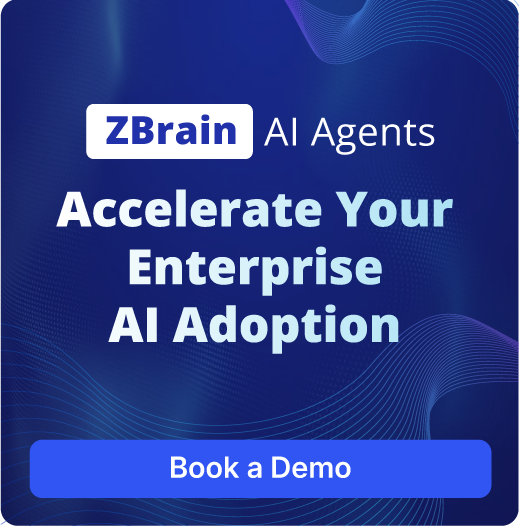By automating the traditionally labor-intensive process of timeline creation, the Project Timeline Generation Agent optimizes project management workflows. It generates clear, AI-driven timelines, allowing teams to track progress, make real-time adjustments, and meet milestones on time. This increases productivity and improves transparency, facilitating seamless collaboration across teams. The agent minimizes errors from manual scheduling, ensuring accurate resource allocation and preventing bottlenecks. As a result, projects are more likely to stay on schedule and within budget, ensuring a more structured and efficient approach to project management.
Additionally, the agent's built-in feedback loop enables organizations to continuously enhance and refine its functionality. Project managers and stakeholders can provide input in natural language, enabling the agent to learn and adapt to specific organizational needs over time. This continuous improvement process ensures that the agent remains an invaluable asset for any enterprise seeking to maintain a competitive edge in their project management practices. The ability to seamlessly integrate with existing enterprise systems further enhances the agent’s utility, making it a crucial component in modernizing and optimizing project workflows.
Accuracy
TBD
Speed
TBD
Input Data Set
Sample of data set required for Project Timeline Generation Agent:
| Task Name | Duration (days) | Dependency | Resource |
|---|---|---|---|
| Project Planning | 5 | Client Meeting | Project Manager |
| Requirement Gathering | 10 | Project Planning | Business Analyst |
| Technical Design | 7 | Requirement Gathering | Tech Lead |
| Development | 20 | Technical Design | Development Team |
| Testing | 10 | Development | QA Team |
| User Acceptance Testing | 7 | Testing | End Users |
| Deployment | 3 | User Acceptance Testing | Deployment Team |
| Project Closure | 2 | Deployment | Project Manager |
Deliverable Example
Sample output delivered by the Project Timeline Generation Agent:
| Task Name | Start Date | End Date | Duration (days) | Assigned Resource | Dependency | Status |
|---|---|---|---|---|---|---|
| Project Planning | 2024-10-10 | 2024-10-14 | 5 | Project Manager | None | Not Started |
| Requirement Gathering | 2024-10-15 | 2024-10-24 | 10 | Business Analyst | Project Planning | Not Started |
| Technical Design | 2024-10-25 | 2024-10-31 | 7 | Tech Lead | Requirement Gathering | Not Started |
| Development | 2024-11-01 | 2024-11-20 | 20 | Development Team | Technical Design | Not Started |
| Testing | 2024-11-21 | 2024-11-30 | 10 | QA Team | Development | Not Started |
| User Acceptance Testing | 2024-12-01 | 2024-12-07 | 7 | End Users | Testing | Not Started |
| Deployment | 2024-12-08 | 2024-12-10 | 3 | Deployment Team | User Acceptance Testing | Not Started |
| Project Closure | 2024-12-11 | 2024-12-12 | 2 | Project Manager | Deployment | Not Started |

Configuration Integrity Validation Agent
Ensures real-time configuration integrity by detecting, validating, and blocking misconfigurations within CI/CD pipelines.

Access Governance AI Agent
Monitors access drift and misalignments using LLMs to explain redundant privileges and streamline continuous access governance.

Code Assistance Agent
Provides instant, contextual guidance to help debug code, resolve errors, and improve your programming workflow.

Security Questionnaire Automation Agent
Automates security questionnaire answers using LLMs and a structured knowledge base for faster, consistent, and reliable responses.

Change Plan Drafting Agent
Generates initial implementation and testing plans for change requests by analyzing request details and referencing past changes.

Contextual Triage Agent
Automatically collects and consolidates contextual information from logs or monitoring tools to enrich incident or request tickets, accelerating root cause analysis and resolution.

